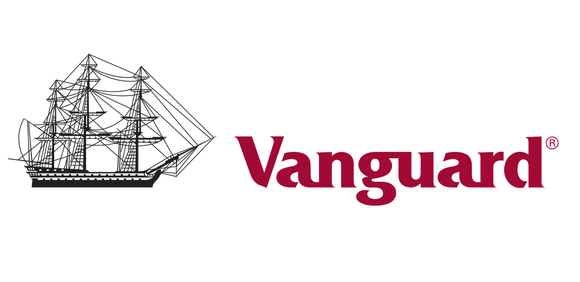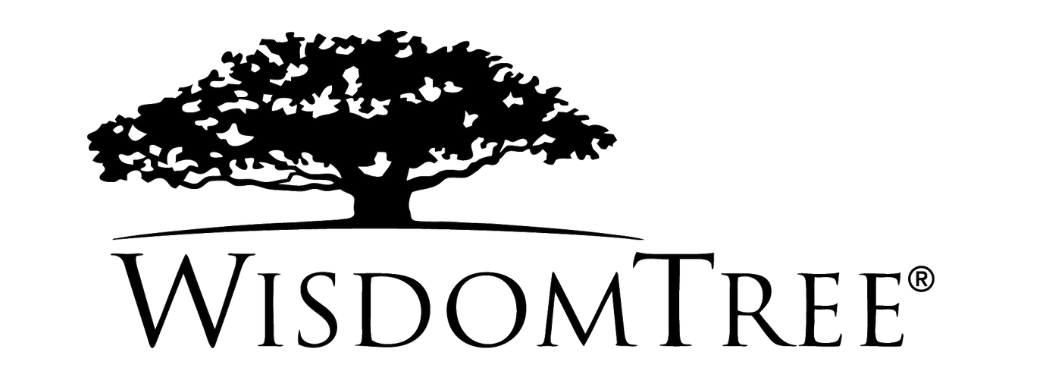This season’s batch of coming-year outlook pieces offer an optimistic tone – some overwhelmingly, others more cautious.
Inflation may settle slightly above target, but is no longer considered a major threat to markets. Economic growth is expected to pick up in most regions – Europe from a low base, China on the back of stimulus – while the US juggernaut is generally expected to keep rolling.
The word ‘recession’ can barely be found at all in 2025 outlooks, at least without a preceding negative. Indeed, one brave asset manager is even calling an end to business cycles altogether.
The setup for investors, therefore, is excellent. While there may be some regional dispersion across asset classes, no major blowups are being predicted, albeit with some muted risk warnings.
With consensus across strategists this bullish, investors must decide whether to swim with the tide or against it.
Landing soft
Calls for an oncoming recession were almost deafening at the back end of 2022. One year later, as 2023 neared its close, they were audible if somewhat quieter. Today those calls can scarcely be heard at all.
Indeed, State Street Global Advisors’ (SSGA) expects its long-standing call for a global soft landing to materialise over the coming year on the back of “tame” inflation and easing monetary policy.
For Vanguard, a soft landing is also on the cards in the US, but the robustness of its economy has more to do with “good fortune” than skilful monetary policy.
“Continued US robustness may owe more to fortuitous supply-side factors, including higher productivity growth and a surge in available labour. Higher output and lower inflation can generally coexist only when the supply-side forces are in the driver’s seat,” argues the firm.
Not everyone is in the soft landing camp, however. Robeco, in its 2025 Outlook titled This is not a landing, is calling for a mild bout of stagflation in 2025, with central bankers underestimating inflation risks relative to growth ones.
“US exceptionalism is not carved in stone,” writes the firm. Federal Reserve tightening tends to have a lagged effect on aggregate demand, while under a Trump presidency immigration is likely to drop and tariffs tend to act like a tax on domestic consumers.
Paul Jackson, global head of asset allocation research at Invesco, likewise concedes that tariffs could push up inflation, reduce growth and make US companies less efficient, but on balance believes that “the risks of an economic accident are fading and that recession will not be an issue in 2025.”
Business cycles over…forever?
Perhaps the bravest outlook for 2025 comes from BlackRock, which is declaring that business cycles are permanently breaking as “mega forces” like artificial intelligence (AI) transform economies.
Although a topic of debate, the modern business cycle – characterised by long expansions, short recessions, and significant international co-movement – has been in force since at least the 19th century – and probably longer.
Calling its demise is fighting against history and doing so is a bold move by the world’s largest asset manager.
“This fundamentally different landscape upends the nature of investing,” argues the firm. “We think investors can find opportunities by tapping into the waves of transformation we see ahead in the real economy, with AI and the low-carbon transition requiring investment potentially on par with the Industrial Revolution.”
As such, investors should focus less on asset classes and more on transformation beneficiaries, with the firm constructive on US equities given its view on AI’s transformative effects.
For HSBC Asset Management (HSBC AM), “new developments in AI could have profound effects on the economy, but we think it will be important to look beyond recent winners in 2025.”
Given the dramatic climb in tech valuations this year, the sector is now vulnerable to any disappointing developments in fundamentals.
Inflation: A flash in the pan?
While inflation and the monetary policy have taken a more backseat role in 2025 outlooks, they are still of critical importance to allocators looking to navigate the choppy waters.
Given its soft landing view, SSGA expects rate cuts to continue through 2025 as developed market economies demonstrate resilient growth and moderating inflation.
Indeed, JP Morgan anticipates the Federal Reserve will cut rates by a further 100bps to 3.75% over the coming twelve months, with its balance sheet to strop shrinking by the end of Q1.
Vanguard, meanwhile, expects the Fed Funds to close 2025 at 4%, with “cuts beyond that proving difficult as any weakening of growth would have to be weighed against a potential inflation revival.”
WisdomTree, in contrast, argues that “if the economic/labour market data continues to show signs of not cooling too much and inflation gets ‘sticky’ around current levels, a reasonable case scenario could involve the Fed taking a pause to reassess things to begin 2025.”
This would be a pause to “take stock” rather than necessarily an end to the rate-cutting cycle.
For Jefferies, the recent raft of economic data has been distorted by strikes, weather, election uncertainty and some degree of persisting pandemic-related distortions.
These “cross-currents make it difficult to judge whether the balance of risks is showing more weakness on either side of the Fed’s dual mandate [of maximum employment and stable prices]”. As such, the central bank ought to adopt a “cautious approach” in 2025.
Unsynchronised swimming
One theme highlighted in many 2025 outlooks is diverging fortunes across countries and regions.
For BlackRock, the US stands out against other regions thanks to “stronger growth and its ability to better capitalise on mega forces.”
“Pricey” valuations alone are insufficient to prompt a re-evaluation in the short term, in the firm’s view.
JP Morgan, similarly, is calling for a “continuation of US exceptionalism” driven by possible deregulation, a robust labour market, healthy financial conditions, as well as a deepening AI-related capital expenditure.
Invesco, in contrast, expects the US to underperform other markets. Following a second strong year on the bounce, “some valuations are now stretched, and we fear that a lot of the policy easing, and economic recovery has already been priced in,” explained Jackson.
In Europe, WisdomTree is “going soft on a soft landing” with the prospect of US tariffs likely to weigh on an already challenged economic outlook. For Robeco, while Europe is emerging from a rut, the region still faces secular headwinds.
For Vanguard, Europe’s sluggish economy over the past two years has been the result of bad luck on the supply side, at least relative to the US. It believes below-trend growth is set to continue in 2025 with a slowdown in global trade the “key risk”.
The firm is also bearish on China. “More decisive and aggressive measures are needed to overcome intensifying external headwinds, structural issues in the property sector, and weak confidence in both the household and business sectors,” it believes.
WisdomTree, on the other hand, thinks “the sheer scale of the collapse in the country’s cost of capital is studied enough or fully appreciated in macro circles. With bond yields this low, Chinese equities should get a second look.”
Invesco, likewise, sees value in China. “Recent policy initiatives in China suggest to us that economic growth will continue to outstrip that in the West, and we are optimistic that Chinese equities will outperform, given how cheap they remain,” asserts Jackson.
For HSBC AM, international growth rates will instead begin to converge in 2025. US exceptionalism could fade somewhat, European GDP and profit growth should rebound and Asian and frontier economies should enjoy a strong year.
Conclusion
Taken together, this season’s selection of outlook pieces paints a rosy picture across most regions and asset classes, with subtle underlying differences.
As Invesco puts it, 2025 appears “a constructive environment for financial markets based on a combination of declining inflation, easing central banks and stronger growth – an environment in which riskier assets are expected to generate higher returns than more defensive alternatives.”
Almost everyone agrees.
Investors must then ask themselves if such consensus makes them sanguine or skittish.










